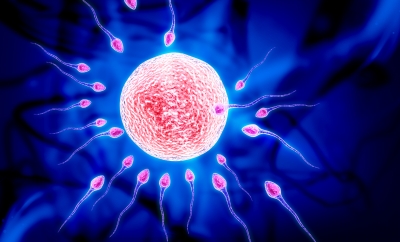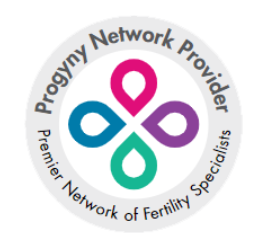In vitro fertilization, IVF, requires an intricate series of steps to ensure optimal chances of success. For that reason, couples must go through a multi-step process. In most cases, you can’t just call up a fertility clinic and sign up for IVF cycles. Rather, you start with a thorough diagnosis and then continue forward from there.
The IVF Process: From Start to Finish
First, it’s important that you don’t just jump to the conclusion that if you and your partner are having a hard time conceiving, IVF is the answer. Your first step will be to schedule a diagnostic appointment with a fertility clinic to determine your infertility diagnosis. It may be that your chances of fertility success will be high using more basic treatments, like fertility medications or intrauterine insemination (IUI).
However, once it’s determined that you are a candidate for IVF, you will begin a four-phase process.
Phase 1: Ovulation Induction
During the first phase, we will stimulate ovulation using specialized fertility medications. You may have to go on a hormone-based birth control pill in order to synchronize your menstrual cycle. Then, after your menstrual cycle is complete, you will begin taking fertility medications to stimulate your ovaries in the hopes of producing multiple, mature eggs that can be retrieved later on.
You will receive injections of gonadotropins, which mimic your body’s ovulatory hormones. The more viable eggs that are released, the better your chances for IVF success. Most women experience only mild to very moderate side effects, similar to PMS, including bloating, cramps, fatigue or irritability.
Your doctor will monitor you carefully, via ultrasounds and regular checkups, to ensure that all is well and to determine exactly when the eggs will be retrieved.
Phase 2: Egg Retrieval
The second phase begins when you schedule your appointment to have the eggs retrieved by a process called ultrasound-guided transvaginal aspiration. We use ultrasound technology so we can clearly see the path required for a very specific needle required to retrieve the eggs. The needle is inserted into the vaginal wall and into each mature follicle so the eggs can be gently suctioned up.
This process only takes about 10 minutes and a mild, IV sedative is administered so you won’t feel any discomfort.
Phase 3: Fertilization
The fertilization process comprises the third phase. An embryologist will carefully examine the retrieved eggs. Any viable eggs will be suspended in a special IVF solution. By this time, a sperm sample – whether supplied by a donor or your partner – will also be prepared.
The eggs and sperm are combined and examined after 18-hours to ensure the eggs are fertilized. Resulting embryos are watched for three to five more days, and the most viable embryo(s) will be used for embryo transfer. Typically, one or two embryos will be transferred and the rest will be frozen for future use.
Phase 4: Embryo Transfer
Once again, you’ll be called into the office for a quick and pain-free procedure whereby the viable embryos are placed directly inside your uterus. Once the embryos are transferred to the uterus, you are advised to go home and take it very easy. The calmer, more relaxed and well-rested you are, the better chances you have of at least one of the embryos implanting successfully.
After this, you will be carefully monitored, especially through that first trimester, in the hopes that your embryo will continue to thrive. You may also be administered and prescribed progesterone (for pro-gestation), a hormone that is known to help keep babies more firmly attached to the uterine lining and decreasing the chances of a miscarriage.
While many couples do experience IVF success the first time around, some couples undergo two to three cycles before they experience a full-term, live birth. Contact NCFMC to learn more about your fertility diagnosis, treatment and IVF options.






